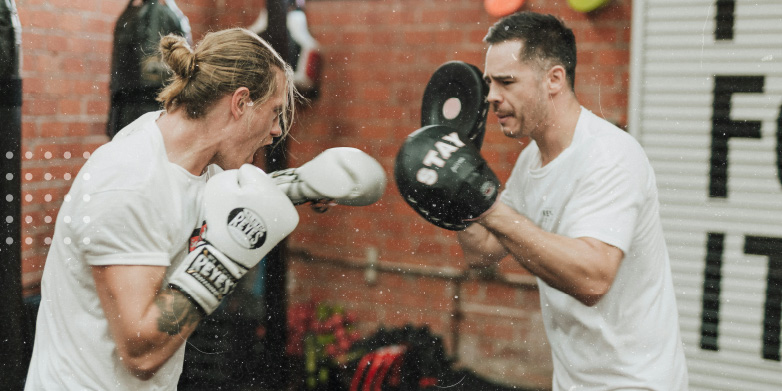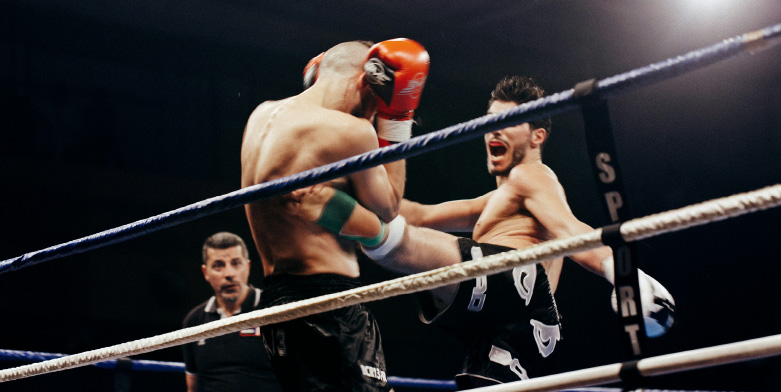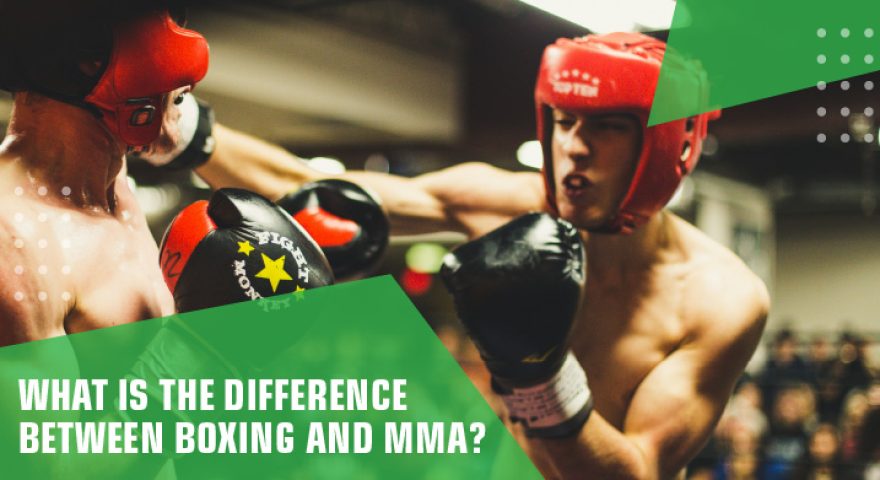In the world of combat sports, two giants stand shoulder to shoulder, commanding the respect of millions of fans around the globe. Boxing, known as the ‘sweet science’, with its strategic footwork, precise punches, and emphasis on technique, has produced legendary champions like Muhammad Ali and Floyd Mayweather. On the other side, Mixed Martial Arts (MMA) combines various disciplines such as Brazilian Jiu-Jitsu, Muay Thai, and wrestling, creating a dynamic and multifaceted fighting style. Fighters in MMA, like Conor McGregor and Amanda Nunes, showcase a blend of striking, grappling, and ground skills, making it a thrilling and unpredictable sport to watch. Despite sharing the combat sports arena, boxing and MMA differ significantly in their rules, training methods, and overall approach to fighting. This article will delve deeper into the nuanced distinctions between these two captivating disciplines.
Historical Context
Boxing, with its roots in ancient Greece and the early Olympic Games, is as old as athleticism itself, a raw and brutal test of strength and skill. It became the billion-dollar industry we know today throughout the 20th century, particularly with the emergence of iconic fighters like Muhammad Ali and Mike Tyson.
Conversely, MMA is a relative newcomer, taking its first steps in the 1990s with the Ultimate Fighting Championship (UFC) as a contest to determine the most effective martial art. Unlike the codified rules of boxing, early MMA matches were little more than brawls. In the ensuing years, MMA professionalised, with fighters developing a blend of techniques to become well-rounded martial artists.
The Backbone of Combat Sports
Boxing is characterised by its simplicity – two opponents, a square ring, and Marquess of Queensberry rules that dictate gloved punches above the waist. Fights are comprised of up to 12 rounds, each 3 minutes long, separated by a brief rest period.
In contrast, MMA encompasses a variety of grappling and striking techniques, including boxing, kickboxing, wrestling, and Brazilian Jiu-Jitsu. The Unified Rules of Mixed Martial Arts provide a framework for a more dynamic fight, determining what is and isn’t allowed in combat. Rounds typically last 5 minutes.

Fighting Styles: Form Follows Foundation
Boxing is founded on the principles of the English Queensbury rules – the use of the fists alone in striking. Styles within boxing vary, from the elusive ‘Peek-a-boo’ style to the orthodox ‘stick and move’. Footwork, jabbing, and head movement are key.
MMA, on the other hand, demands adaptability. While a base in boxing is common among fighters, it is complemented by a diverse range of fighting styles. Muay Thai, Judo, Taekwondo; these and more can be seen utilised in the octagon. MMA fighters are often dubbed ‘mixed martial artists’ because of their proficiency across a range of styles.
Health and Safety
Both sports share the inherent risk of physical injury; however, MMA typically sees a wider variety of injury types due to the broader array of allowed techniques. Conversely, the cumulative head trauma in boxing is a major point of concern, leading to more cases of chronic traumatic encephalopathy (CTE).
Athlete safety is taken seriously in both sports. Fighters undergo rigorous medical testing before and after fights, and referees play a critical role in stopping bouts when necessary to prevent excessive damage.
Global Domination vs. Rising Star
Boxing has a rich tradition steeped in history, with a massive global following that extends across continents, notably in Europe, Latin America, and North America. This sport has given rise to legendary figures whose names resonate worldwide, and the most significant bouts can transcend borders to become global cultural phenomena.
On the other hand, the growth of MMA has been nothing short of explosive, with the UFC leading the charge. This combat sport appeals to a younger demographic and is steadily solidifying its foothold on the global stage, particularly in regions like Asia and North America. The art of narrative storytelling surrounding fighters, coupled with the spectacle of the events themselves, further contributes to MMA’s widespread popularity.

The Financial Arena
The financial landscape of boxing and MMA tells a story of traditional revenue models clashing with modern entrepreneurial spirit. Boxers often receive larger purses for their matches, particularly at the elite level, driven by pay-per-view sales, ticket sales, and broadcast rights. This financial model has been built over decades, with top fighters earning tens of millions per bout. MMA, while newer, has rapidly evolved its revenue streams through merchandise sales, online streaming, and sponsorship deals, reflecting a more diverse business model that caters to a digital-first audience.
Training Regimens: A Tale of Two Disciplines
The training approach for boxers and mixed martial artists diverges significantly due to the nature of their sports. Boxers focus intensely on improving their punching power, speed, and agility, spending hours on techniques like shadowboxing, mitt work, and sparring, in addition to cardiovascular conditioning. MMA fighters, however, must divide their time among various disciplines, learning the intricacies of grappling, striking from different martial arts, and ground fighting. Nutrition and weight management play crucial roles for fighters in both sports, amidst the rigorous physical demands of their training.
Cultural Impact and Perception
The cultural perception of boxing and MMA reflects the evolution of society’s appetite for combat sports. Boxing, with its rich heritage, has been immortalised in numerous films, literature, and media, often seen as a path to overcoming adversity. MMA’s narrative is one of relentless innovation and breaking traditional boundaries, appealing to a sense of modernity and diversity. Both sports, in different ways, have contributed significantly to discussions around discipline, resilience, and the human spirit, engaging with audiences far beyond just the world of sports enthusiasts.
Conclusion
In conclusion, while boxing and MMA share the common thread of pugilism, they each weave a unique tapestry of tradition and technique. Boxing, with its roots dating back to ancient Greece and Rome, focuses on the art of punching with precision and strategy. On the other hand, MMA, a relatively modern combat sport, encompasses a wide range of fighting styles, from striking to grappling.
Whether you’re a fan of science or a devotee of the art of eight limbs, one thing is certain – both sports offer an unparalleled display of athleticism and human spirit. The dedication and discipline required in mastering these combat sports not only showcase physical prowess but also mental fortitude and strategic acumen. It’s not about choosing sides; it’s about appreciating and understanding the distinctive essence that each brings to the table.










